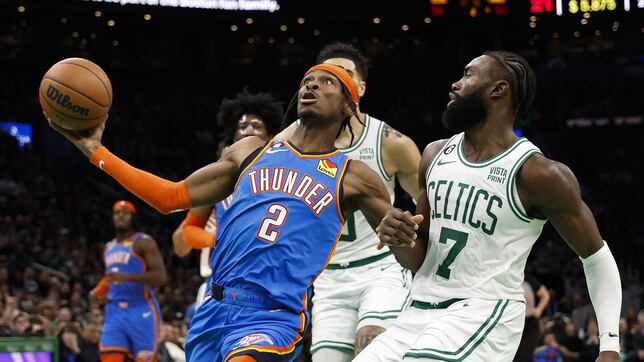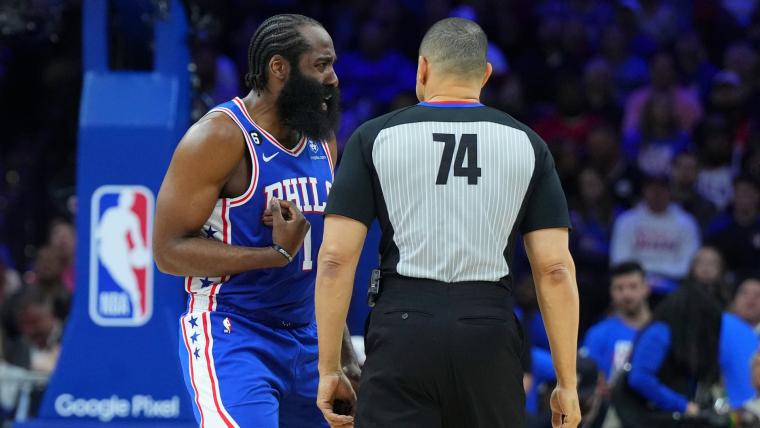Alright, let’s talk about this whole “take foul” thing in the NBA. I’ve been watching games forever, seriously, back since you could practically clothesline a guy on a fast break and maybe just get a regular foul called. Things have changed, though.

So, I started noticing it more, maybe a couple of seasons back, or whenever the league really started emphasizing it. You’d see a team get a steal, one guy sprinting down the court for what looks like an easy layup or dunk. Then, bam! Some defender, often trailing the play or coming from the side, just kinda grabs the ball handler or bumps him way before any shot attempt. Not really making a play on the ball, you know? Just stopping the fast break dead in its tracks.
My first reaction, honestly? Annoyance. It felt cheap. Like, come on, let them play! It killed the most exciting part of the game sometimes. You’d get this big defensive stop or turnover, the crowd gets hyped for the transition bucket, and then… nope. Just a simple foul, inbound the ball, set up the half-court offense. It felt anticlimactic.
Figuring Out What Changed
Then I started hearing the commentators use the term “take foul” more and mention the new penalties. So, I paid closer attention, trying to piece together what exactly the refs were looking for and what the big deal was. It wasn’t always super obvious right away, distinguishing it from just, well, a regular foul during a fast break.
Here’s what I gathered from just watching and listening:
- The Situation: It almost always happens in transition, when the offensive team has an advantage or is about to have one. Think fast breaks.
- The Action: The defender commits a foul, often by grabbing, wrapping up, or pushing the player with the ball (or a player about to receive it).
- The Key Part: The defender isn’t making a legitimate basketball play on the ball itself. Their main goal is clearly just to stop the transition scoring opportunity. It often happens in the backcourt or just as the player crosses midcourt.
The “Why” and The Result
It seemed pretty clear the NBA wanted to discourage teams from strategically using these fouls just to prevent easy baskets. They wanted to keep the game flowing and preserve those highlight plays that fast breaks often create. Makes sense, right? More exciting product.
So, they didn’t just call it more, they changed the punishment. This was the big shift I noticed. Instead of just being a common foul where the offense takes the ball out of bounds, a take foul now results in:
- One free throw for the team that was fouled.
- And here’s the kicker: They also get to keep possession of the ball.
That’s a much bigger penalty. Giving up a potential point and the ball makes coaches and players think twice before committing that kind of foul intentionally. You still see fouls in transition, of course, but those deliberate, non-basketball play “take” fouls seem less common now, or at least teams pay a higher price for them.
From my couch-watching experience, it feels like it’s working, mostly. There seem to be fewer of those really cynical fouls that just kill the buzz of a fast break. The game feels a little more open in transition, which I definitely prefer. It’s not perfect, sometimes the calls are debatable, but the intention behind the rule and the stricter enforcement seems aimed at making the game more fun to watch, and I’ve noticed that difference during the games I’ve caught.




